How do different chicken farming systems affect the quality of eggs?
The main methods of chicken farming include conventional battery cages, aviary systems, and free-range systems. The battery cage system has been the most prevalent type of chicken farming ever since it was invented. The aviary system and free-range system have shown up in recent years because of bans on keeping chickens in cages in the EU. This not only changes the living conditions of chickens but also deeply affects the quality of eggs.
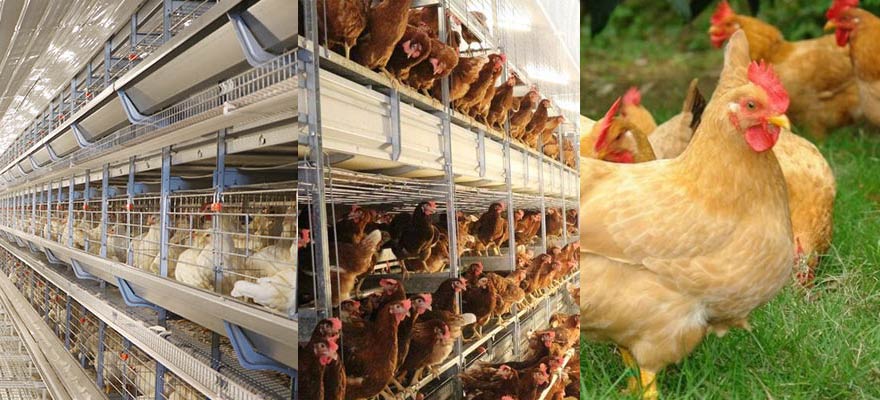
According to a joint study from the Feed Research Institute of CAAS and China Agricultural University, an aviary system can improve the bone and eggshell quality of laying hens as a way of remodeling the bones of chickens. The research result is published in “Frontiers of Physiology”. A newly released study published in “The Chinese Academy of Agricultural Sciences” using both sensory evaluation and instrumentation also shows the yolk flavor is different. Let’s take a look at the results of the two studies, and see if there are other supporting pieces of evidence.
.jpg)
Egg quality of battery cage system and aviary system
Traditional battery cage systems confine chickens in cages which offer limited space and limit the movement and natural behaviors, hard to satisfy the physiological welfare of laying hens. This leads to a series of sequences such as osteoporosis after egg-laying and side effects to the health condition as well as productivity, and egg quality.
A new type of aviary system is developed with no cage doors and designed to meet the favor of chickens. Built with multi-layers, perches, individual nest boxes, floor beddings, etc., it increases the free activity of chickens including free walking, flying, perching at high places, sand bathing, foraging, etc.
Lab results of aviary system egg quality
Using aviary systems, compared to the conventional chicken cages, the expression of humerus vitamin D receptor (VDR), estrogen receptor α (ERα), fibroblast growth factor 23 (FGF23), femur osteocalcin (OCN), alkaline phosphatase (ALP) and other osteoblast-related genes was up-regulated to improve bone quality in late laying period.
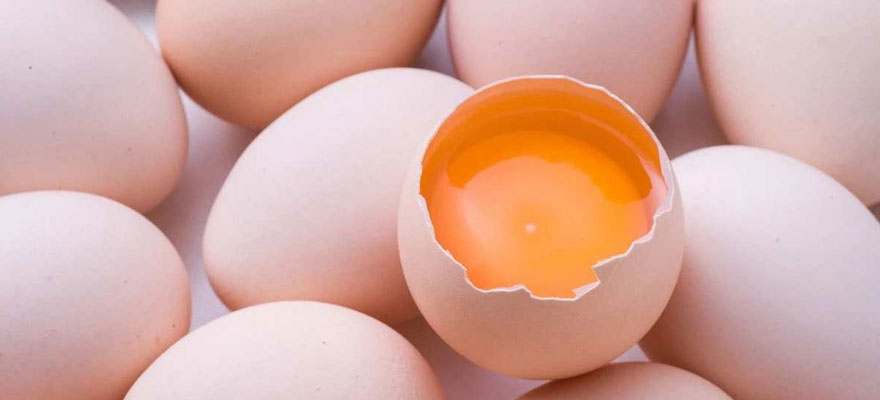
At the same time, it can also increase the expression of tartrate-resistant acid phosphatase (TRAP) and uterine calcium channel protein (transient receptor potential cation channel subfamily v member 6, TRPV6) genes related to osteoclast in the femur, promote the transfer of bone calcium to uterine, and thus improve the quality of eggshell.
It is worth noting that researchers from other institutes also provide pieces of evidence for the differences in egg quality. The studies cover dimensions of the external quality of chicken eggs including egg size and weight, eggshell integrity, eggshell cleanness, eggshell strength, eggshell thickness, and internal quality of yolk quality and egg white quality.
Egg weight
The result of genetic selection is decisive to the egg weight. Other factors affecting the egg weight include such as feeding nutrition, and physiological state. The chicken's age, weight, day of laying, position of continuous laying, nutrition level, temperature, light time, disease, etc, all are factors that may lead to changes in the weight. It is difficult to determine whether changes in feeding practices or other factors or the interaction of these factors are causing the egg weight changes.
.jpg)
.jpg)
Eggshell integrity
Broken eggs are not accepted on the American market. In China, the utilization rate of broken eggs is low. It was discovered that the effect of chicken farming on the incidence of broken eggs was different. Abrahamsson's lab and other labs concluded that the battery cage system has fewer broken eggs than enriched cages. Hughes, etc., compared the battery cage system with the free-range system and discovered that the former has a higher rate of broken eggs. Tauson, etc., make a comparison between the three systems(battery cage, aviary, free-range) and found out that the minimum breakage rate belongs to the free-range system. While Mertens believes that the aviary system and the free-range system have lower breakage rates than cage systems, Abrahamsson and Tauson pointed out that errors may exist in the statistics of aviary systems. The reason is that the way of chicken raising in an aviary system makes it possible for chickens to peck on the broken eggs which may affect the accuracy of the statistics.
Egg yolk favors of battery cage system and aviary system
The study is based on the results of eggs laid by a specific kind of 55-week-old laying hen. The test is based on the detection of the electronic nose and electronic tongue, the K-nearest neighbor method, the support vector machine algorithm, and the decision tree method. It can effectively distinguish the difference in egg yolk flavor between traditional layered cages and welfare cages. The flavor (smell, taste, and texture) of egg yolk was studied and analyzed utilizing sensory evaluation, electronic nose and tongue detection, texture analyzer detection, etc.
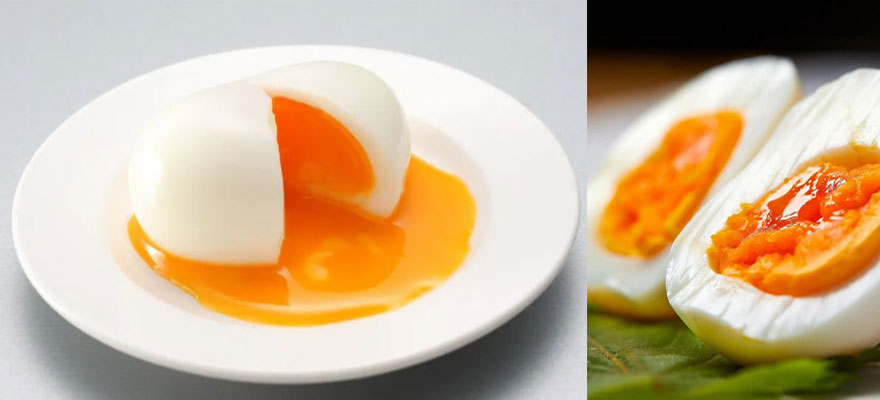
Lab results of aviary system egg yolk flavor
The result shows that compared to conventional battery chicken cages, the eggs obtained from the aviary system have enhanced egg yolk and milk favor, weakened nori, enhanced the response value of the electronic nose sulfide sensor, and weakened response value of electronic tongue umami and saltiness sensor.
Compared with eggs produced by caged laying hens, the concentration of volatile flavor substances in eggs produced by free-range laying hens outside the house was reduced, and there was no significant difference in odor in sensory evaluation.
Conclusion
In general, the aviary system does have the potential to outperform the traditional cage system in terms of eggshell quality and yolk flavor. However, this does not mean that it is suitable for all situations. The cage system has certain advantages in production efficiency and management costs, while the open aviary system requires more complex management to control diseases and environmental factors.
I do trust the authority results from professional labs. I also consider that the final result may also depend on other factors such as management practices, feed quality, etc. If you are considering adopting an aviary system in your production, you may need to make a decision based on local conditions and market demand.

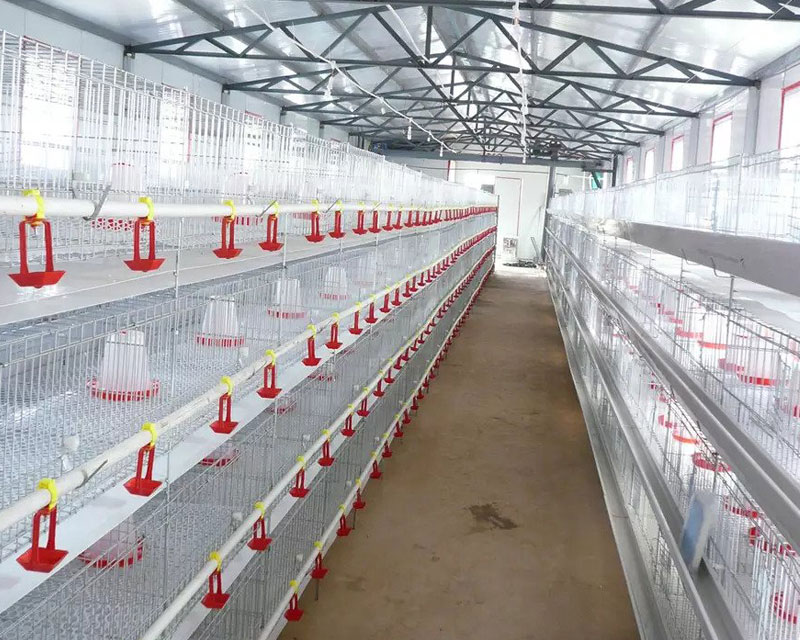 4 Tier H Type Broiler Cage Project In South Africa
4 Tier H Type Broiler Cage Project In South Africa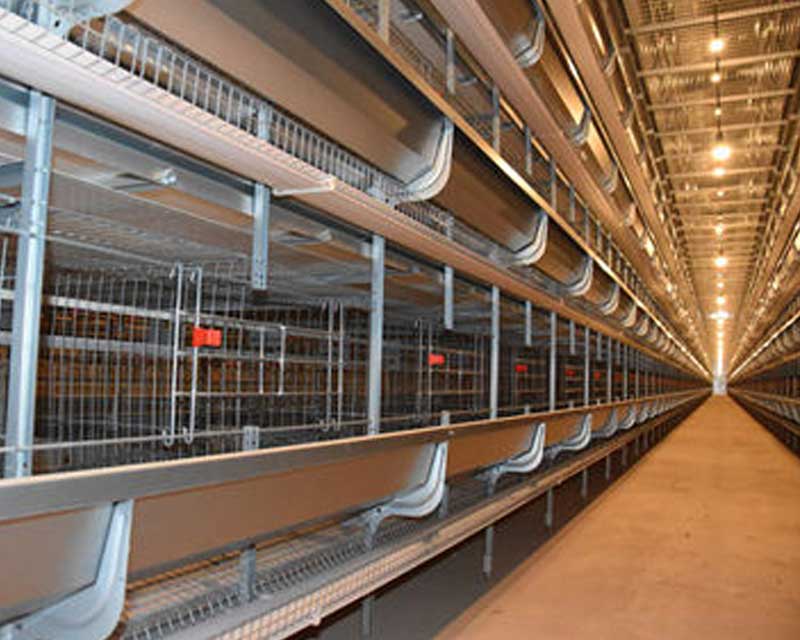 Layer Cage Project In Cuba
Layer Cage Project In Cuba H Type Layer Cage Project In Southeast Asia
H Type Layer Cage Project In Southeast Asia A Type Layer Cage Installed In West Africa
A Type Layer Cage Installed In West Africa Nigeria H Type Layer Cage Project
Nigeria H Type Layer Cage Project H Type Layer Cage Installed In Togo
H Type Layer Cage Installed In Togo